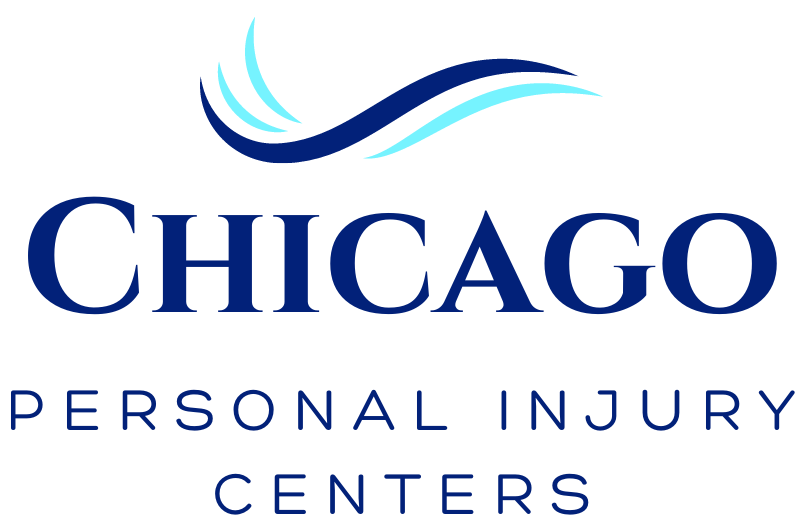Everyone experiences different kinds of pain throughout their life. Whether it’s pain from an injury, medical condition, or an age-related disease that causes you pain and discomfort, pain is an unavoidable part of life. However, many people tend to underestimate their pain, hoping that if they ignore the pain, it will go away on its own, and this is where pain management comes in.
While some forms of acute pain can heal and naturally go away on their own, some more severe pain situations can go on or recur for longer, and will often be debilitating and can interfere with your overall health and quality of life. Sometimes, chronic pain could lead to mental health conditions like depression.
The purpose of pain management is to diagnose, assess, and treat different kinds of pain. It usually involves a multi-disciplinary approach, essentially including doctors from different specialties, including anesthesiology and neurology. Choosing the right pain management clinic can make all the difference in your healing process.
Thing to Know About Pain Management
To help you learn more about pain management, the following are 5 essential things you need to know.
1. Everyone experiences pain differently
People suffering from the same injury or condition will experience the pain and symptoms differently. For instance, a herniated disc is a common spinal problem following a personal injury. However, how the condition will manifest itself is different for everyone.
One patient may experience sharp, acute pain in their leg, while others might experience a dull pain in their back. For this reason, it’s important to seek professional pain management to evaluate your pain and correctly diagnose the underlying cause.
From there, your pain management specialist will develop a personalized treatment plan to treat and alleviate your pain. In many cases, this plan includes a combination of physical therapy, medications, and other minimally invasive interventions.
2. Pain can be categorized as acute or chronic
To manage pain effectively, it’s important to first categorize the pain correctly. One of the most common ways of categorizing pain is its duration, which describes whether the pain is acute or chronic. Acute pain doesn’t last long, but it’s often severe. It’s often caused by an onset reaction of the body and needs immediate attention, often experienced from an injury.
On the other hand, chronic pain lasts a long time, or regularly recurs and can range from mild to severe. Pain can also start as acute pain and gradually develop into chronic pain over time. Chronic pain can last for 3 to 6 months or longer.
3. It can be difficult to identify the underlying cause of pain
Despite pain being largely an individual experience, identifying the underlying cause of pain can be quite difficult. For instance, a patient might have an underlying condition such as a labral tear, arthritis, or a problem with their hips. However, they may experience pain in their legs rather than in the hip, where the problem actually is.
This makes it important to seek professional help and to avoid self-diagnosing the pain. A professional pain management clinic will often have a full team of specialists, who can use advanced techniques and technologies such as diagnostic imaging to establish the root cause of your pain.
4. Self-diagnosis and self-medication is not the answer
Most people rush to take over-the-counter medications to help treat and relieve their pain. However, this is not recommended, especially if you’re dealing with chronic pain. Some of these medications may be helpful in the short term, but they can lead to side effects if taken for many years.
Other medications, such as opioids, have more serious side effects, including increased tolerance and addiction. While they can be effective in some cases, they need to be prescribed and taken under the supervision of a well-trained provider, who can effectively anticipate the possible negative side effects and adapt the treatment accordingly.
It’s also worth noting that, while it’s often recommended, rest is not good for pain management. If you stay inactive for a while, your body may get out of the condition, which will make the pain a lot more severe the next time you move.
5. Physical therapy is a great first-line defense against pain
Physical therapy is one of the most effective first lines of defense against chronic pain and is nearly always incorporated into pain management plans. Most patients will do well when physical therapy is used in combination with other interventional treatments and the occasional medication therapy.
At Chicago Personal Injury Centers, our team of physical therapists will work closely with you to come up with a personalized treatment plan that includes kinesiology, therapeutic exercises, pressure techniques, massage therapy, and Pilates principles to help you rebuild your strength and regain full mobility.
You Don’t Have to Live With Pain
At Chicago Personal Injury Centers, our team is committed to developing the most effective treatment plans to help address your pain. We treat every patient as an individual, such that your course of treatment is personalized to your unique goals and preferences.
When we identify your root cause of pain, we will work closely with you every step of the way to ensure a full recovery. Schedule a consultation with our elite team today by calling (773) 482-5800 and embark on a journey towards a pain-free, healthier future.
